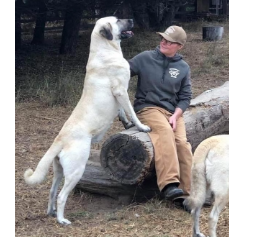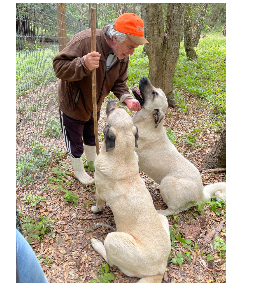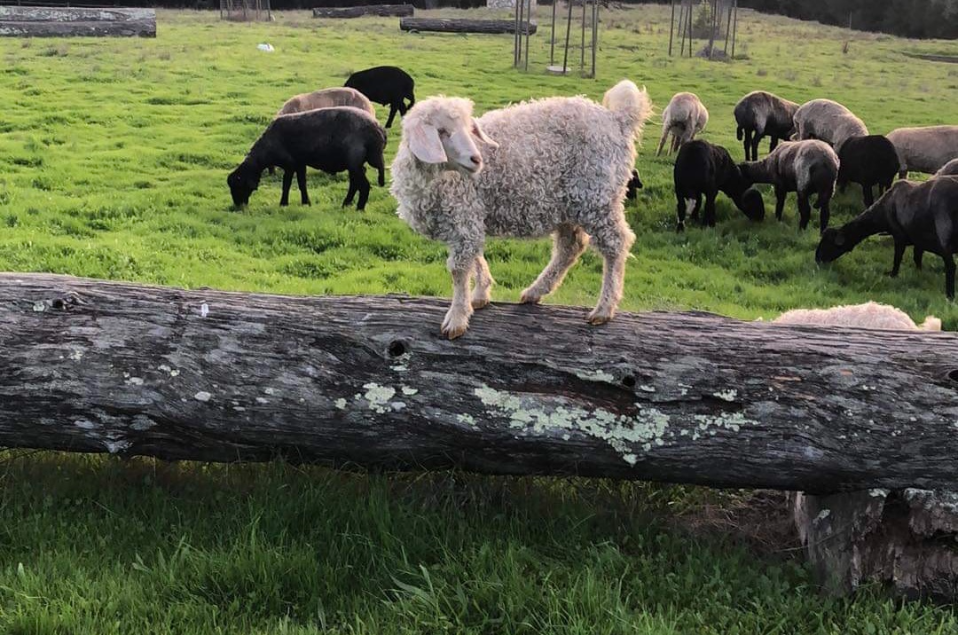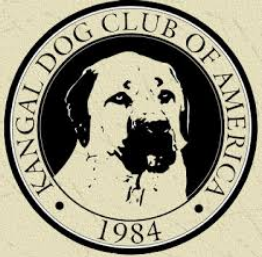KANGAL DOG
HISTORY
When Halil and Guluzar left their family's homestead in eastern Turkey for the big city of Istanbul, they would have never believed that any of their children would ever want to return to the farming life. Yet here we are. We had a bittersweet beginning; a mountain lion killed our favorite goat only three weeks after she arrived. Our only solution was to protect ourselves and our livestock just as our village ancestors did for thousands of years, with the legendary Kangal dog. Our story is featured on the Kangal Club of America Website

BREED TYPE
WORK AND COMPANIONSHIP
Kangal Dog's nature and personality are what most people love about the breed. They have a rock-solid, stable temperament. They are quiet and calm, devoted, controlled and trustworthy. They are brave and protective without undue aggression. They are highly intelligent, learn quickly, and judge potential threats wisely. Possessed of a strong maternal instinct, they are gentle with children and pets, and they've been known to nurse lambs.

These are giant dogs of ancient ancestry. They can mature to a height of 28-34 inches and 90-140 lbs. They are powerful and well-muscled dogs, capable of running with speed and agility. Kangal Dogs have a distinctive black mask and fawn body color. The dogs have a short, dense double coat that protects them in the harsh winters and blistering summers of their native region.
Often called "the wolf-fighting dog of Turkey," the ancient livestock guardian breed, the Kangal dog, protects livestock from mountain lion, bear, wild boar, coyote, wolf, feral dogs, and thieves on the plains and hills of Anatolia. They are also calm, intelligent, family companions and protectors. This very special breed has been chosen by the Cheetah Conservation Fund in their work to provide Namibian farmers with a non-lethal solution to Cheetah predation of their flocks. After a careful evaluation of all livestock guardian breeds, the USDA and US Fish and Widlife Service chose the Kangal dog to provide non-lethal protection of livestock against newly re-introduced wolves across the USA.







